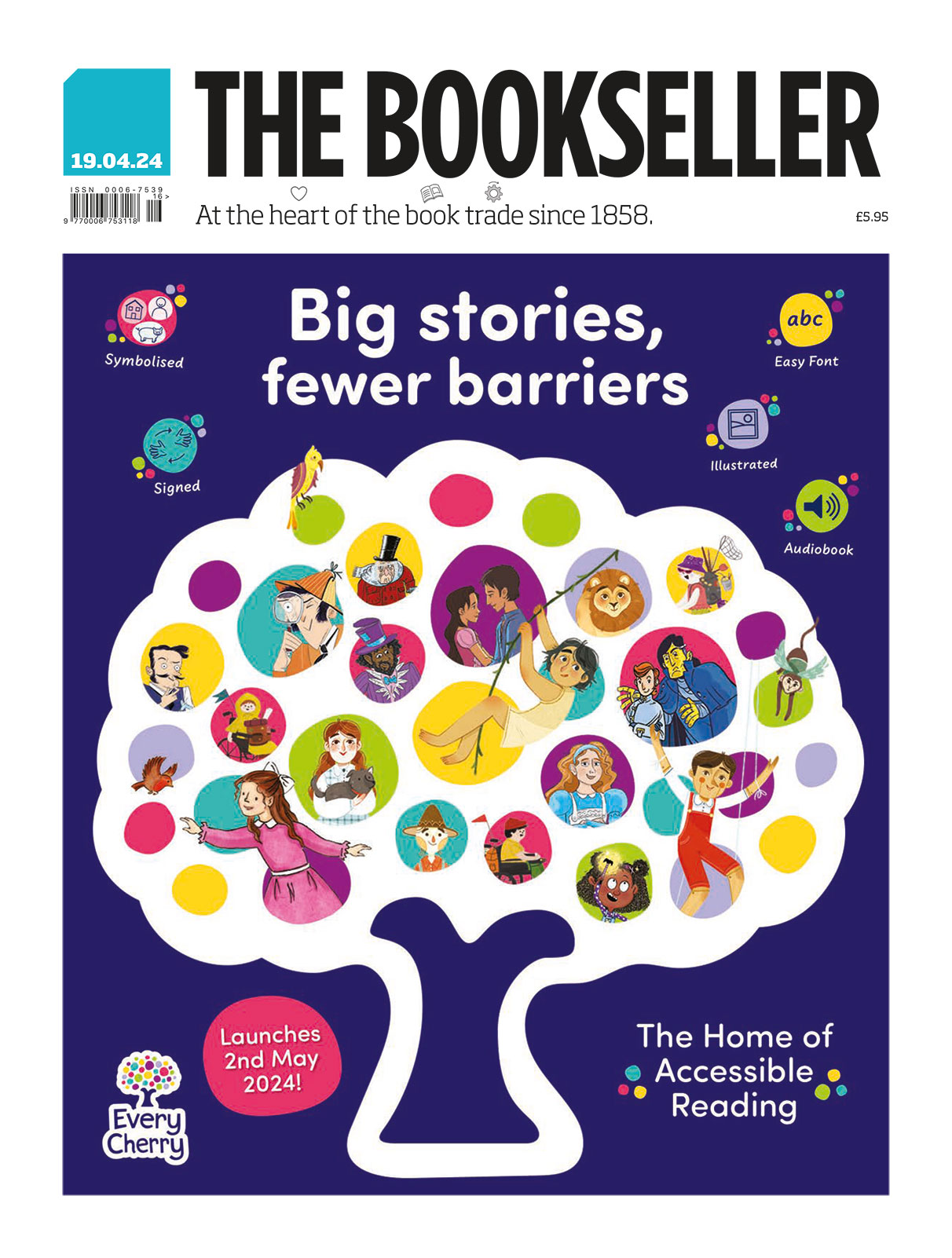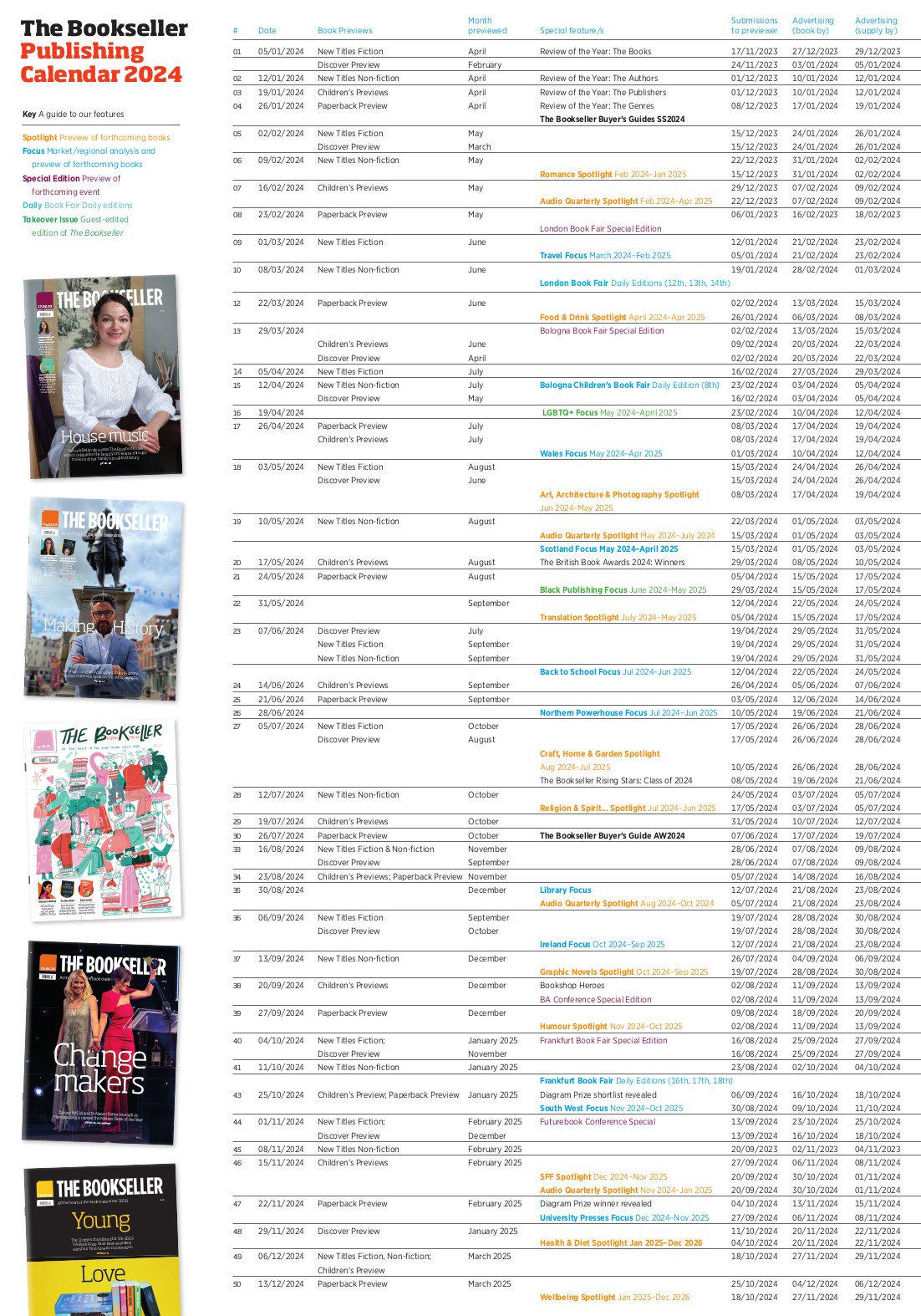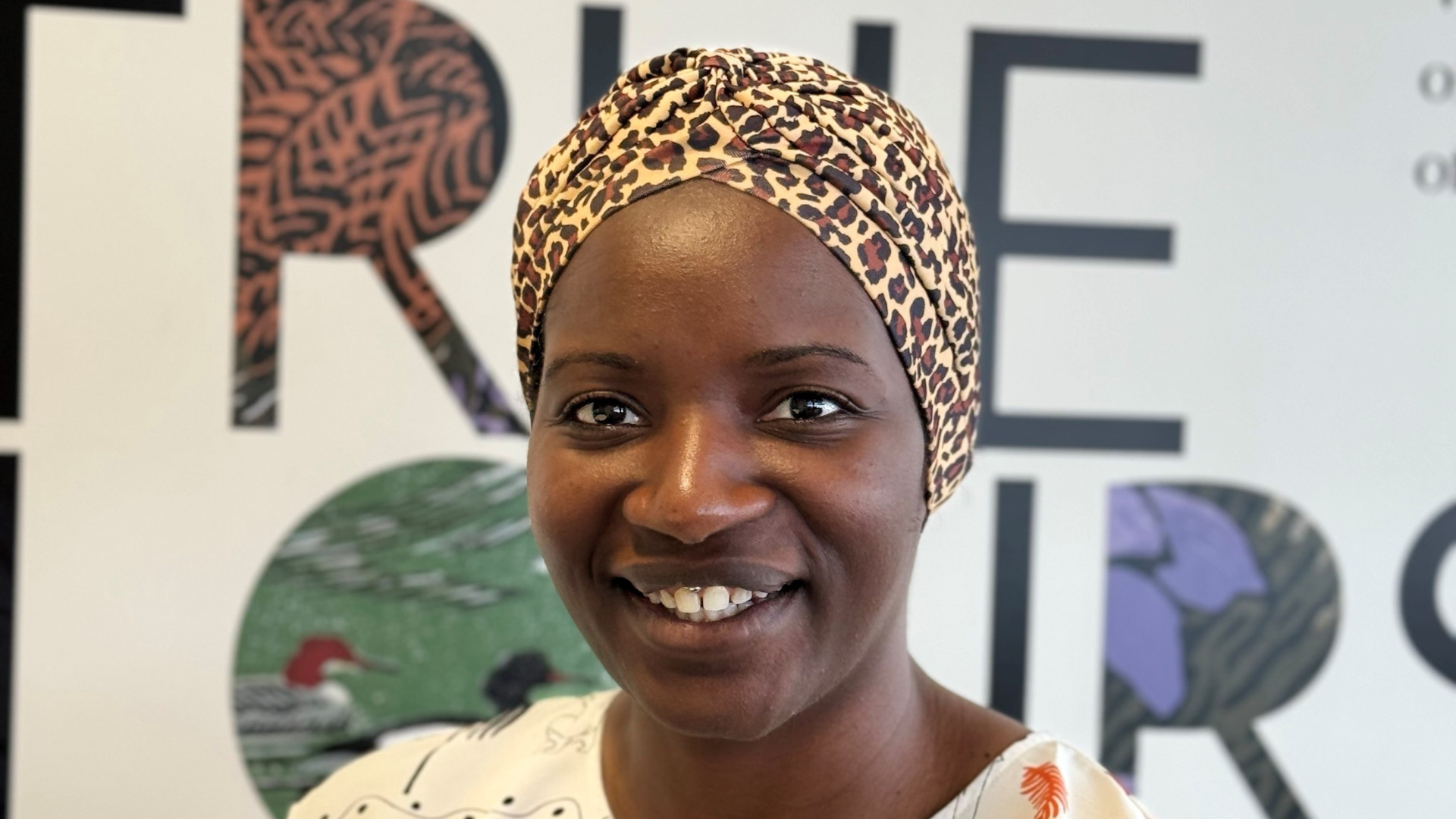You are viewing your 1 free article this month. Login to read more articles.
Back in the good books

In his arguments for why a US court should allow the proposed acquisition of Simon & Schuster by Penguin Random House to go through, the then-c.e.o. of the latter, Markus Dohle, claimed that PRH was losing market share to smaller players. Like much of the analysis surrounding that trial, the response to such claims was, well, just a tad sceptical. The pundits either didn’t believe it, thought it irrelevant, or just decided that either way, buying market share is somehow a cheat.
On this narrow point, though, Dohle was right. In the UK at least, he is backed by the latest Review of the Year piece, which notes—as we’ve written before—that the top groups are not growing their footprint; in fact, the combined supergroup of PRH, Hachette, HarperCollins and Pan Macmillan contracted last year to a collective 46.3%, down from 46.7% in the part-year 2021 and down also when compared to 2019. This is not a recent trend either—a decade ago the figure was near 50%.
Neither is it much impacted by acquisitions—Hachette bought Welbeck at the end of 2022 for example, and its full-year data is generously included in those numbers, with no great change to the trajectory.
By contrast, within the Top Five, those publishers that make up the Independent Alliance reported the biggest like-for-like growth. Usborne, Faber, CGP, Viz, Quarto, Walker and Profile were record-breakers, while among the smaller presses (p11) Sort Of, Seven Seas, David Fickling and Duckworth all had stupendous years.
I have banged this drum before. Print remains the dominant medium, just about, and is a workable prism through which to understand the trade part of this business
Had he had access to Amazon’s e-book sales data, Dohle’s argument might have been even more firmly established. Amazon Publishing grew its physical sales by 52% through the Nielsen-measured space—no more than a notable squib in print, but I expect in digital terms and alongside other e-book specialists such as Joffé Books, Canelo and Boldwood, a proper challenger to the big publisher hegemony. Here even the judge in the PRH/S&S case Florence Pan noted the difficulty of understanding the impact of the 2013 merger of Random House and Penguin because of the lack of availability of digital data.
I have banged this drum before. Print remains the dominant medium, just about, and is a workable prism through which to understand the trade part of this business, and happily this is so because bookshops and booksellers are the key actors, whose contribution to success in print adds also to a book’s journey elsewhere. In short, a good year in print is likely replicated across both e-books and audio.
Caveats aside then, this year’s Nielsen data tells us how successful 2022 was for books, with many publishers reporting a record, or second-best, year thanks to a strong beginning, and slightly better than anticipated end. Those with good backlists, and titles which rose in prominence because of TikTok, had particularly good years. But it was also curious how, in a year when nothing new jumped out, most still did well—actually, in the main, really well.
Particularly, as it happens, Simon & Schuster.




















